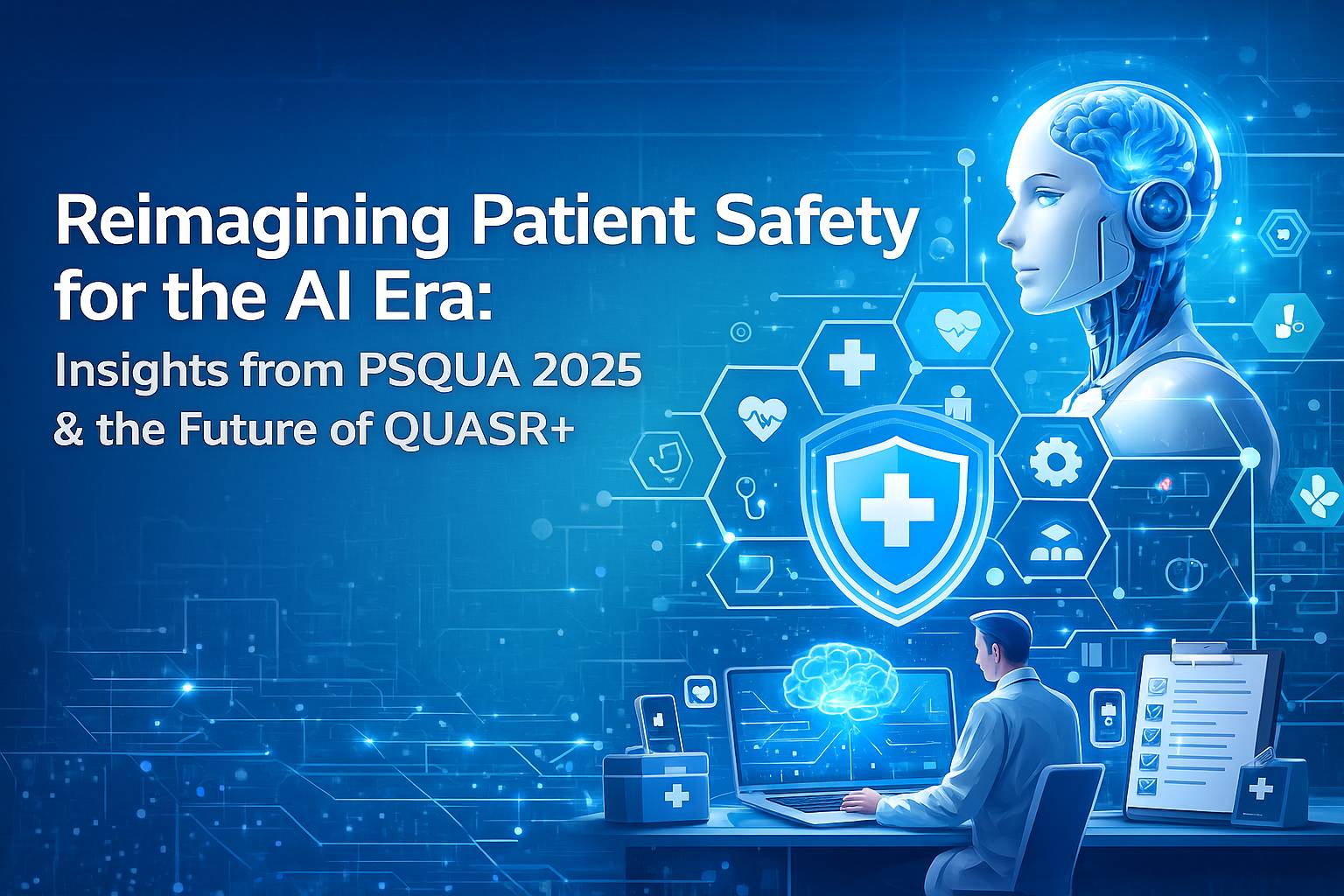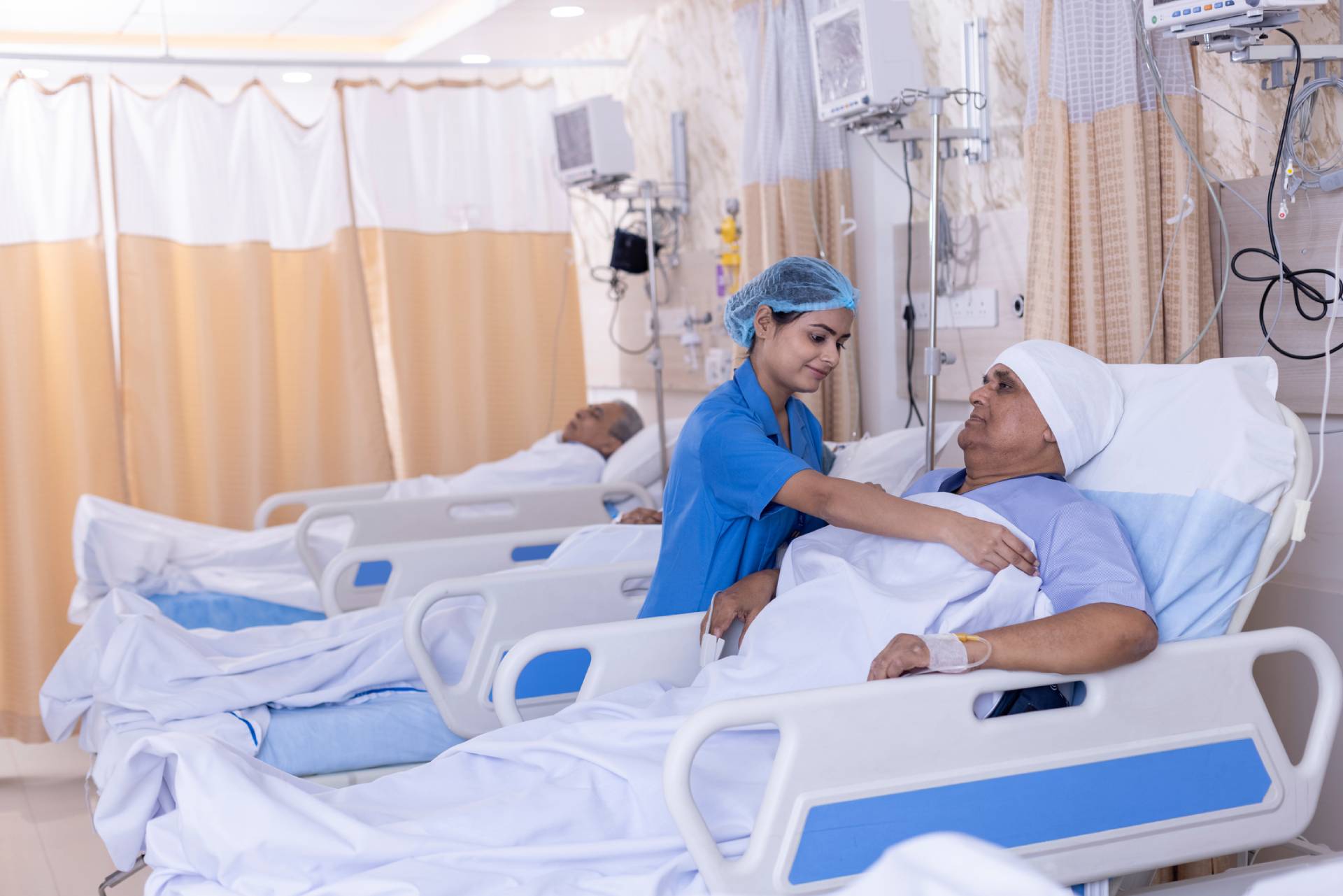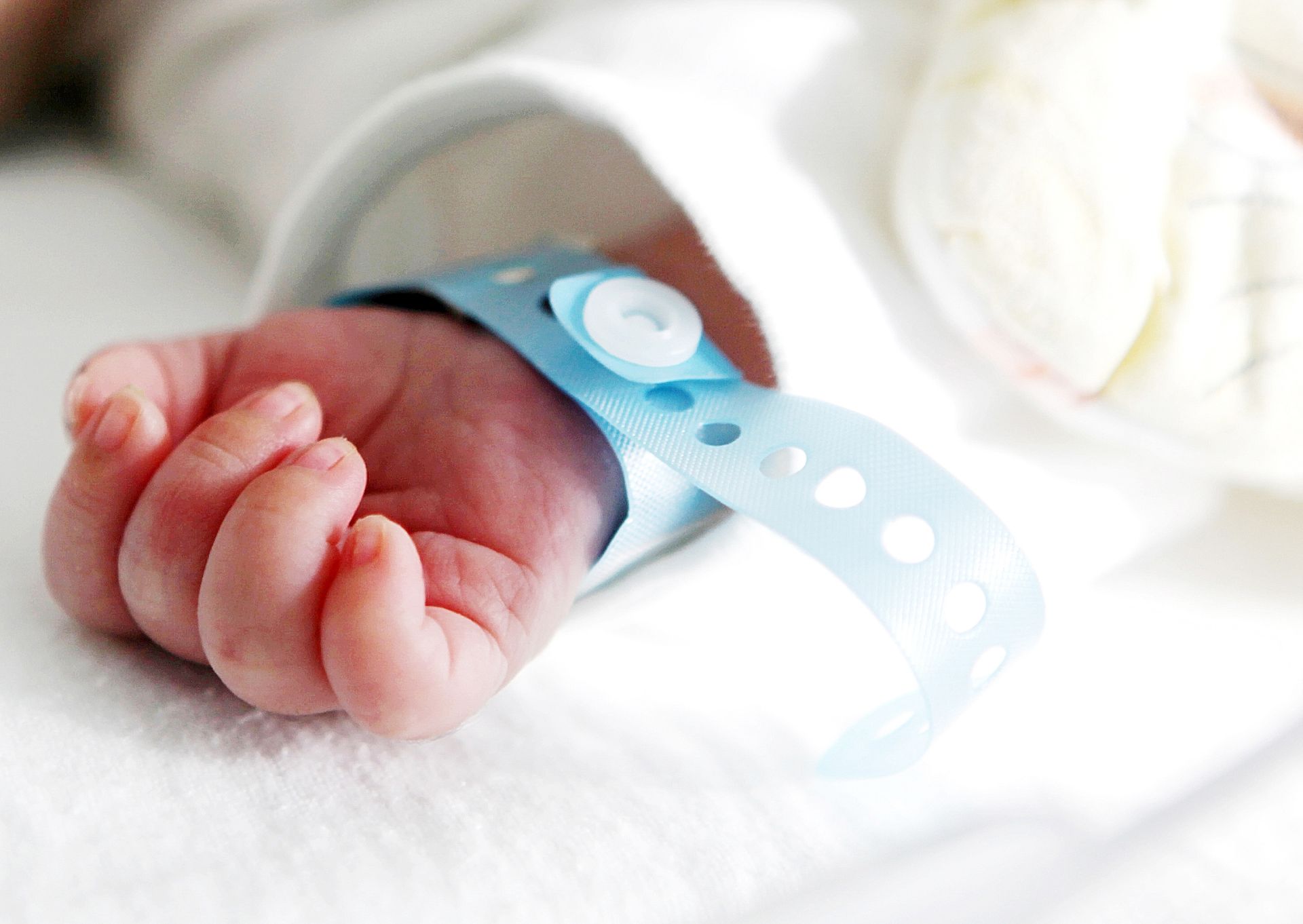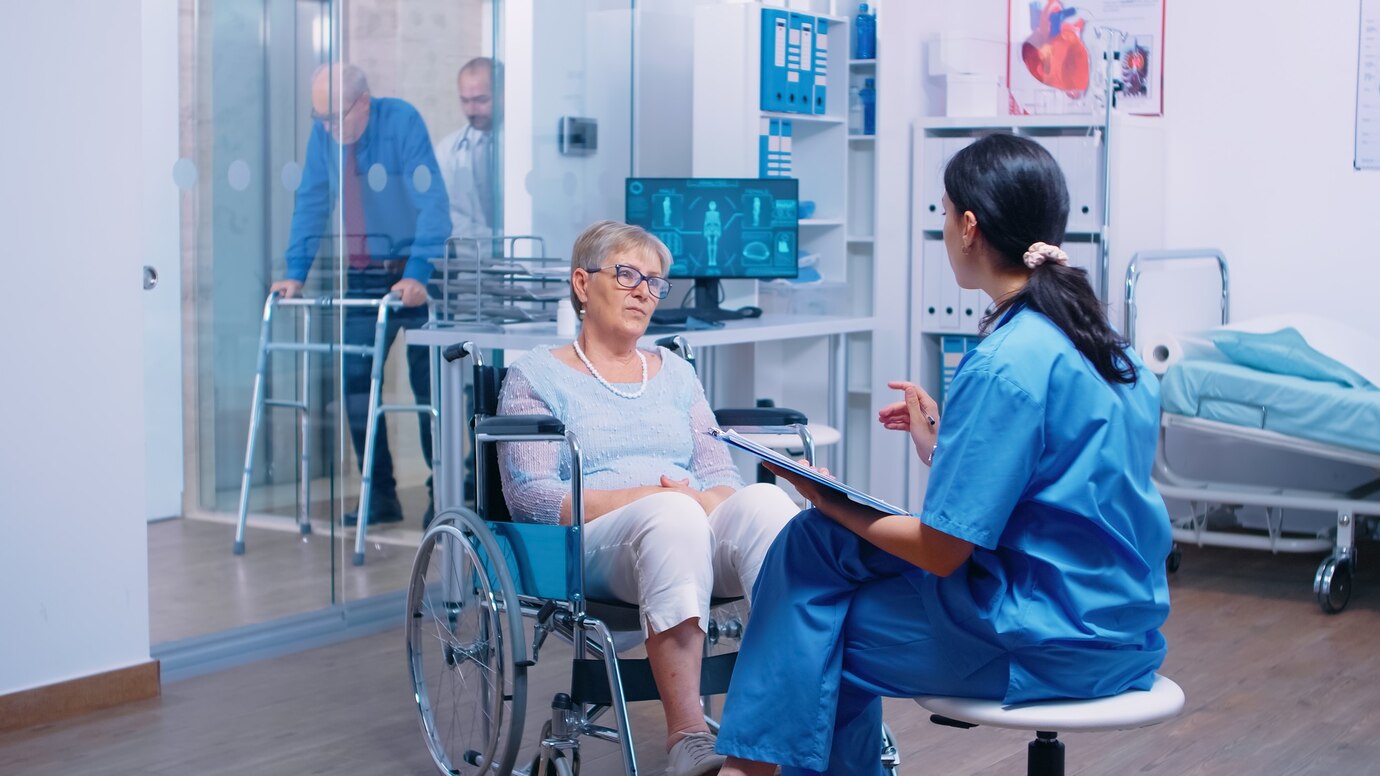
What 300+ Healthcare Leaders Told Us at PSQUA 2025 About the Future of Patient Safety
The real state of safety maturity, AI readiness, and what leaders urgently want next. Introduction At PSQUA 2025, QUASR+ had

The real state of safety maturity, AI readiness, and what leaders urgently want next. Introduction At PSQUA 2025, QUASR+ had

Introduction Patient safety has always been a core responsibility of healthcare. But in 2025, it has become something more: A

Patient safety has always been healthcare’s non-negotiable mission. Yet despite decades of process redesigns, technological advancements and the tireless work

Have you ever wondered why, despite all the policies, technology, and training, serious safety issues in hospitals still slip through

Pressure ulcers, also known as pressure injuries or bedsores, are a significant health issue. Pressure ulcers develop when there is constant pressure on a particular area of the skin, often from lying in the same position for too long without relief. The harm can vary in severity, from mild reddening of the skin to deep wounds that extend into the muscle and bone.

Medical laboratories are integral to the healthcare system, providing crucial diagnostic data that influences patient care and treatment decisions. However,

Introduction Senior care facilities play a crucial role in caring for the elderly, but face unique quality and safety challenges.

Patient safety hinges on accurate patient identification. Misidentification is a persistent and serious concern that can trigger a cascade of

ECRI’s report on the Top 10 Patient Safety Concerns identifies the most pressing patient safety concerns in 2025. While these

The new Aged Care Act in Australia introduces new challenges for NDIS providers who offer aged care services or having